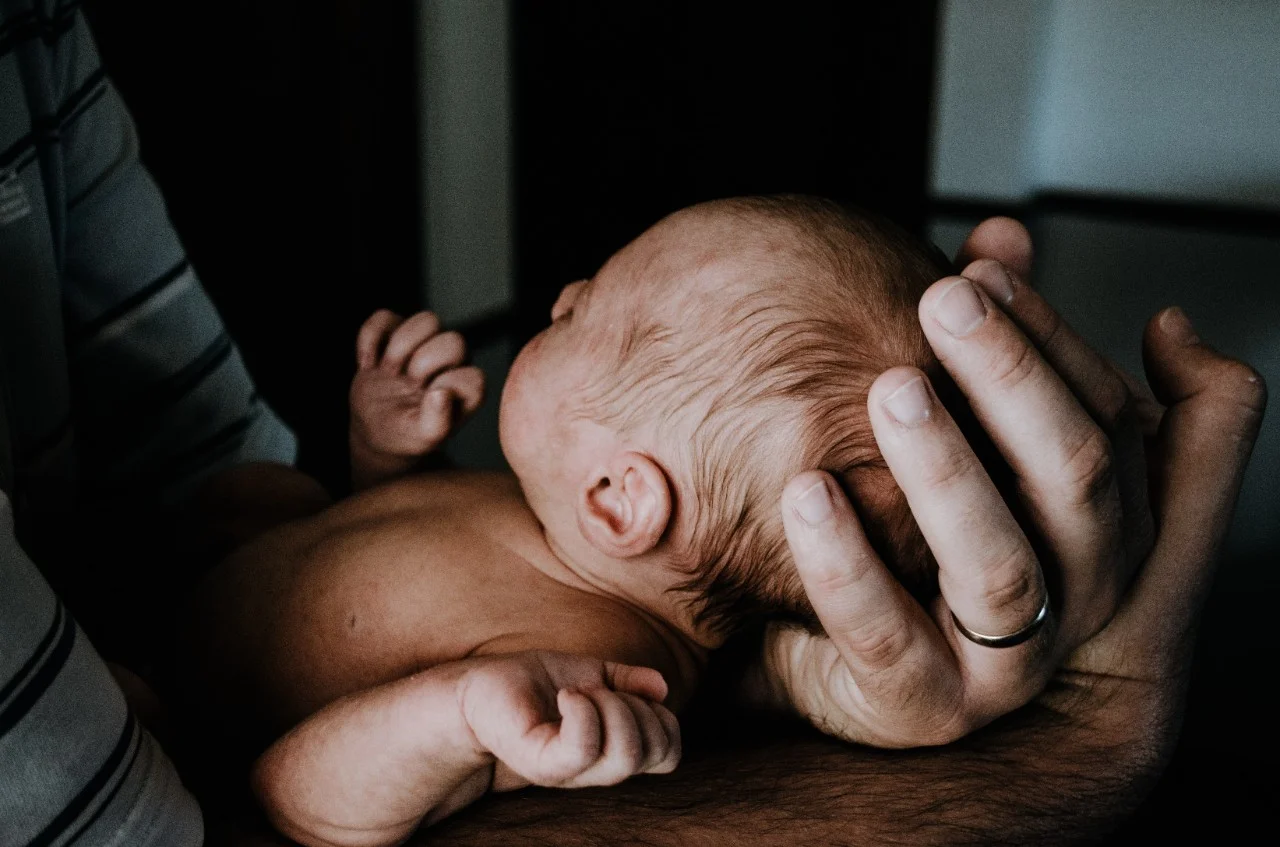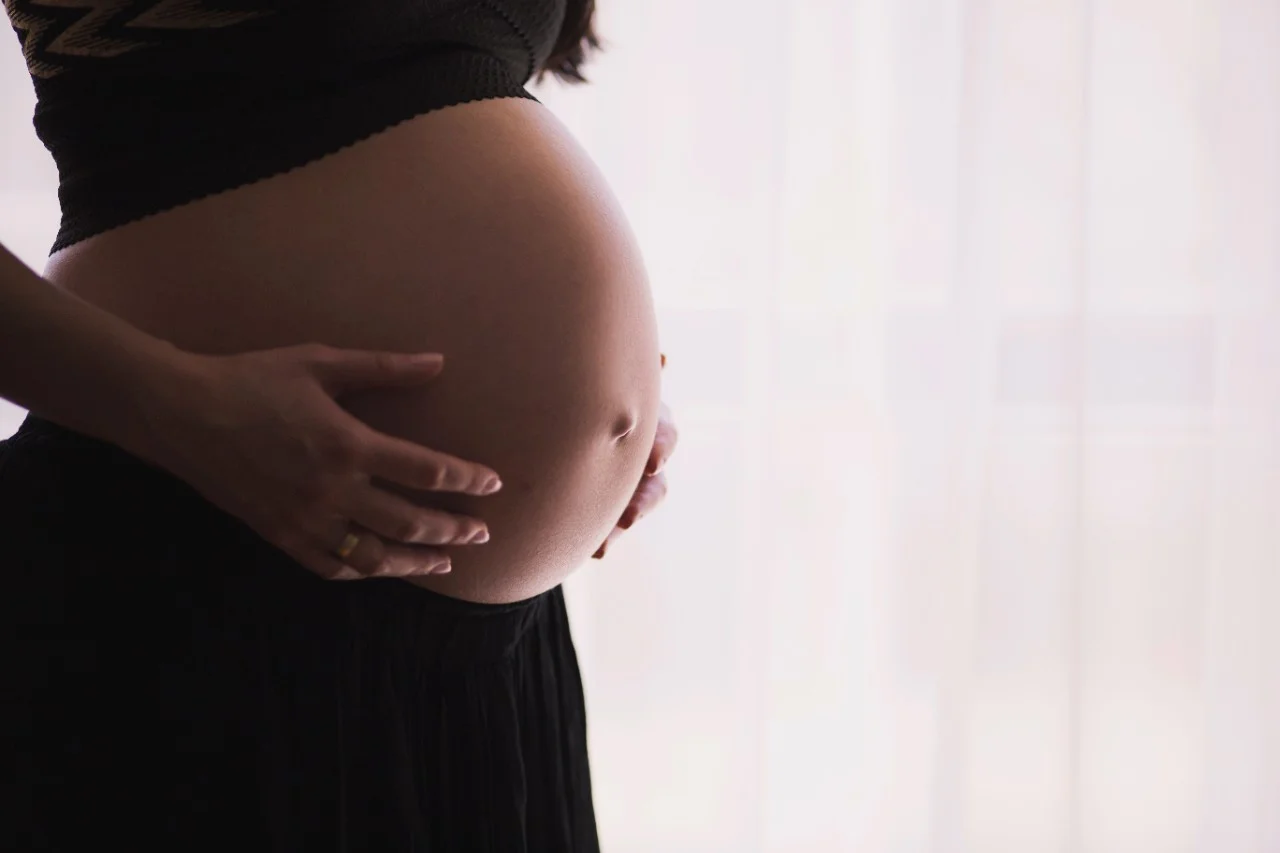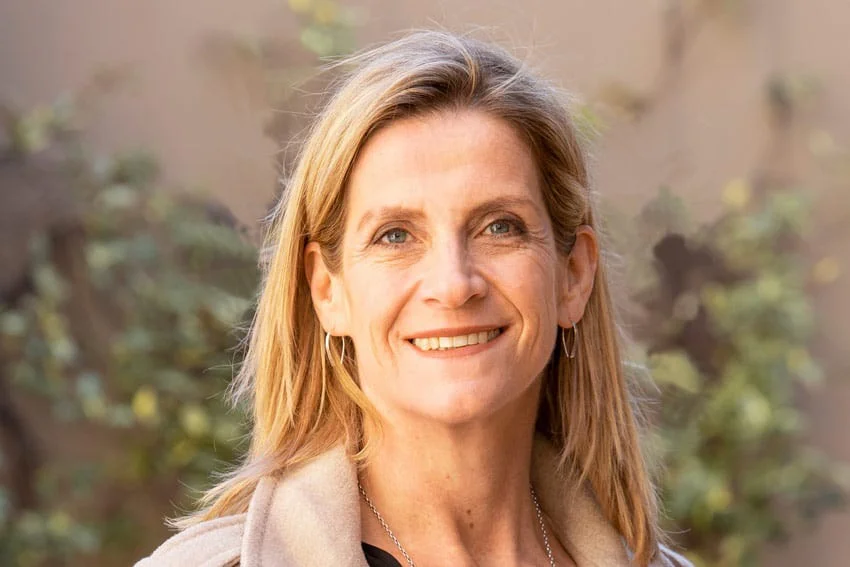Childbirth education program could save $97 million per year
You can search for courses, events, people, and anything else.
When Kate Levett was told, during her third pregnancy, that complications during her previous delivery meant she wouldn’t be able to have an epidural during labour, she was flummoxed: “My first reaction was, ‘what do you mean? I’m already pregnant; how am I going to get this baby out?’” she recalls.
After giving birth to her baby without any pharmaceutical pain relief and using natural methods, Dr Levett, a public health researcher at Western Sydney University’s NICM Health Research Institute, decided to test whether educating women about complementary therapies might reduce the rates of medical intervention during childbirth.
Thus, the Complementary Therapies for Labour and Birth (CTLB) study, which included 176 women with low-risk and first-time pregnancies, was launched.
The study compared women’s birth experiences after a standard hospital antenatal course only, with the experience of those who also attended a two-day information session about acupressure, upright birthing positions, breathing, relaxation techniques, massage and how partners could support the birthing process.
“The aspects of Kate’s course I found most helpful were the breathing techniques for labour, and acupressure,” says Joanna Allton. “I used acupressure prior to birth to relieve swelling in my ankles, and during birth to help contractions ramp up.”
Need to know
- More than 50% of pregnant Australian women choose to have an epidural
- Around a third of Australian women have a caesarean section — one of the highest rates in the OECD
- Educating expectant mothers about complementary therapies could save the health system $97M each year
Levett found that women attending the CTLB course experienced 45% fewer epidurals compared to women who only attended the standard course; they also had significantly lower rates of caesarean sections (18% vs 32%) and minor trauma to the perineal area; a significantly shorter ‘pushing’ stage of labour (1hr vs 1 hr 32 minutes); and their babies were less likely to need resuscitation after birth (14% vs 29%).
Around one third of Australian women give birth by caesarean section, and more than 50% opt for epidural pain relief. Levett stresses that there’s nothing inherently wrong with epidurals, but like any medical procedure, there’s a risk of side-effects: “If you have an epidural, your brain stops registering that you’re in labour, and the whole process can slow down,” says Levett. If this happens, the chances of needing additional medical interventions, such as synthetic oxytocin or the use of forceps, increases.
A follow-up study suggested that education about complementary therapies could also save money. The course itself costs approximately $149 per participant, but the net saving to the healthcare system or insurers was between $659 to $808 per woman — mostly due to a decrease in the rate of uncomplicated caesarean sections.
Levett has recently secured funding through the National Health and Medical Research Council to trial a refined version of the course, now called ‘Birth Course’, in a more generalised population. The government funded project, which seeks to reduce medical interventions in labour and birth, will include researchers from the University of Notre Dame in collaboration with Western Sydney University’s School of Medicine, School of Nursing and Midwifery and NICM Health Research Institute.
Meet the Academic | Dr Kate Levett
Dr Kate Levett is a Senior Research Fellow at the University of Notre Dame Australia, Sydney School of Medicine, and an adjunct Fellow at the NICM Health Research Institute at Western Sydney University. She has recently received an NHMRC Early Career Fellowship, leading a collaboration of investigators in a large prospective meta-analysis of independent childbirth education and its effect on maternal and neonatal outcomes.
Kate completed her PhD at NICM, Western Sydney University, and has a Masters in Public Health (Epidemiology) from the University of Sydney, and an undergraduate degree in Education, specialising in Health Education, and Health Sciences (Acupuncture) at the Australian Institute of Applied Sciences, Brisbane.
She specialises in complementary therapies for pain relief in labour, and completed her PhD investigating the use and cost effectiveness of complementary therapies (including acupressure, massage, yoga and breathing techniques) for pain relief in labour, published in BMJ Open.
Related Articles
Credit
This research was supported by the Australian Government through the National Health and Medical Research Council.
© Insung Jeon/Getty Images
Future-Makers is published for Western Sydney University by Nature Research Custom Media, part of Springer Nature.






